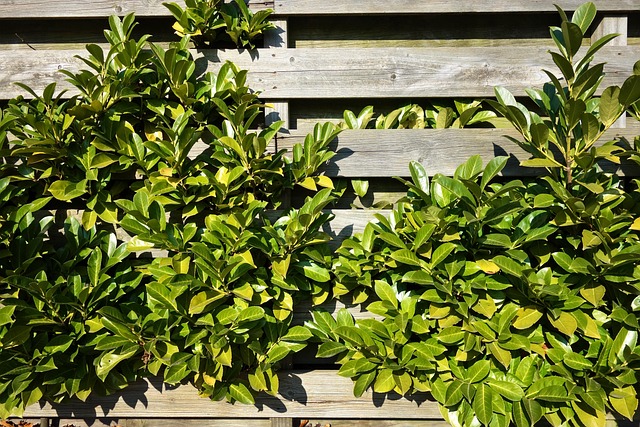In coastal regions, where harsh weather conditions and saltwater exposure pose unique challenges, durable wooden fencing emerges as a robust solution. This article delves into the intricacies of selecting and maintaining wood fences designed to withstand the rigors of the coastline. From understanding environmental factors to choosing resilient wood species and practical installation tips, we explore how these barriers can protect properties while enhancing coastal aesthetics.
- Understanding Coastal Fencing Challenges
- Benefits of Durable Wooden Fencing
- Choosing the Right Wood Species for Coastlines
- Installation and Maintenance Tips
- Enhancing Coastal Aesthetics with Wooden Fences
Understanding Coastal Fencing Challenges
Coastal areas present unique challenges when it comes to fencing due to their harsh environments. Saltwater, strong winds, and frequent storms can take a toll on traditional fencing materials. The constant exposure to moisture and extreme weather conditions often leads to rot, rust, and overall structural deterioration. Moreover, the coastal landscape, with its varying terrain and soft soil, requires specialized fencing solutions that can withstand both lateral and vertical forces from high tides and strong currents.
Durable wooden fencing for these areas needs to be robust, water-resistant, and capable of withstanding extreme conditions. Natural wood species like cedar or treated timber offer excellent resistance to rot and moisture, ensuring longer lifespans. Advanced treatment methods, such as pressure-treated solutions, further enhance their durability. These materials are designed to withstand the coastal environment, providing both aesthetic appeal and long-term functionality, essential for any fencing project in these challenging settings.
Benefits of Durable Wooden Fencing
Durable wooden fencing offers an array of benefits for coastal areas, where harsh weather conditions can be a challenge for traditional barriers. Firstly, it provides an aesthetically pleasing alternative to concrete or metal fences, allowing property owners to enhance their outdoor spaces with natural beauty and warmth. This is particularly important in coastal regions, where scenic landscapes are valued and can contribute to property value.
Secondly, durable wood fencing excels in resistance against the elements, including strong winds, salt mist, and varying temperatures. Specialized treatments and high-quality finishes ensure that wooden fences can withstand these harsh conditions for extended periods, providing long-term protection without compromise on visual appeal.
Choosing the Right Wood Species for Coastlines
When selecting wood for coastal fencing, understanding the unique challenges presented by the environment is key. Saltwater exposure, high humidity, and frequent storms can all contribute to wood degradation over time. Therefore, choosing a durable wood species is essential. Hardwoods like cedar, redwood, or even treated pine are popular choices due to their natural resistance to rot and insects. These woods have a higher density, making them less susceptible to moisture absorption, which is critical for coastal applications.
Additionally, looking for woods with a high oil content can provide extra protection against the elements. Species such as western red cedar possess natural oils that repel water and prevent wood from becoming soft or warped when exposed to humid conditions. Properly treated and maintained, these wood species offer both aesthetics and longevity for fencing in coastal areas.
Installation and Maintenance Tips
When installing wooden fencing in coastal areas, it’s crucial to ensure proper drainage to prevent water damage. Digging a slight slope away from the fence line can help divert water, reducing the risk of rot and decay. Use pressure-treated lumber for added durability against salt air and moisture. Regular cleaning with mild soap and water is essential to remove salt buildup that can weaken the wood over time.
For maintenance, apply a fresh coat of waterproof sealant every few years to protect the fence from the elements. Check posts and rails frequently for signs of rot or damage, replacing as needed. Keeping the area around the fencing clear of debris and vegetation will also help maintain its integrity and ensure easy access for inspections and repairs.
Enhancing Coastal Aesthetics with Wooden Fences
Wooden fences have long been a popular choice for property owners, but they can be especially beneficial in coastal areas. Not only do they provide much-needed privacy and security, but they also offer an opportunity to enhance the natural beauty of the coastline. The right type of wooden fence can integrate seamlessly with the surrounding environment, creating a harmonious aesthetic that celebrates the region’s unique character.
For instance, durable, weather-resistant woods like cedar or treated pine can add a warm, rustic touch to coastal landscapes without clashing with the natural tones of sand, sea, and sky. Crafted into elegant designs, these fences can become focal points that elevate the overall allure of a property, inviting both residents and visitors to appreciate the beauty of the coast in a whole new way.
